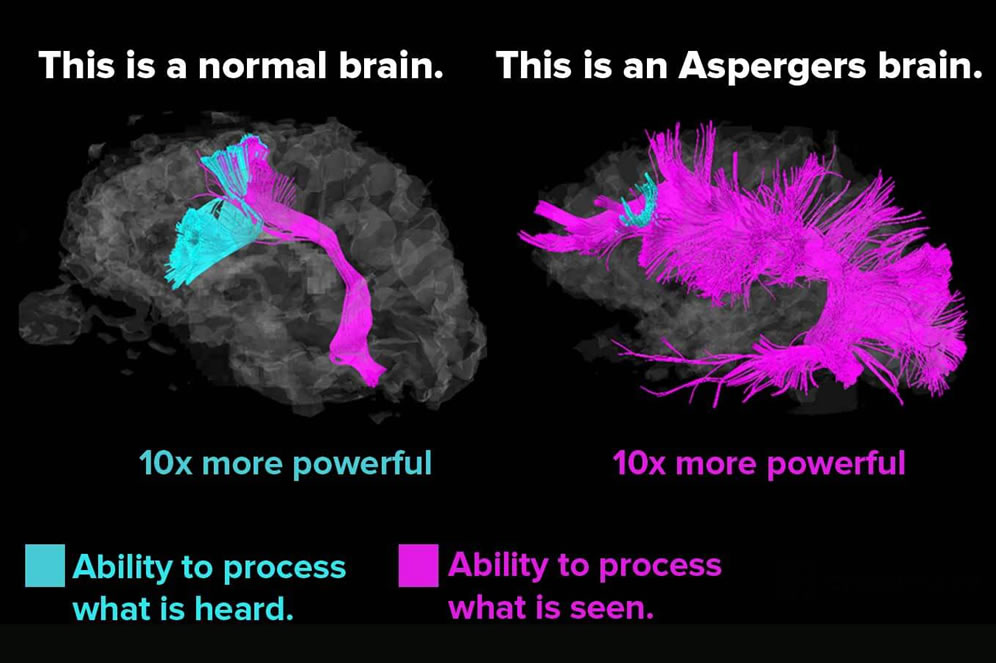
Pervasive Development Disorder - Not Otherwise Specified (PPD-NOS) / Atypical Autism
Pervasive Development Disorder - Not Otherwise Specified (PPD-NOS) / Atypical Autism
PDD-NOS is a diagnosis given to individuals who have some symptoms of autism but do not meet the criteria for classic autism or Asperger’s Syndrome. It is also known as atypical autism. People with PDD-NOS may have difficulty with social interaction, communication, and behavior. They may have delayed language development, repetitive behaviors, and sensory issues. Also known as "atypical autism" – individuals with this disorder also meet some of the criteria for autistic disorder or Asperger syndrome, but not all. Symptoms may be fewer and milder. There may be social and communication challenges.

Pervasive Development Disorder Overview
In the past, psychologists and psychiatrists often used the term “pervasive developmental disorders” and “autism spectrum disorders” (ASD) interchangeably. As such, PDD-NOS became the diagnosis applied to children or adults who are on the autism spectrum but do not fully meet the criteria for another ASD such as autistic disorder (sometimes called “classic” autism) or Asperger syndrome. Like all forms of autism, PDD-NOS can occur in conjunction with a wide spectrum of intellectual ability. Its defining features are significant challenges in social and language development.
Some developmental health professionals refer to PDD-NOS as “subthreshold autism." In other words, it’s the diagnosis they use for someone who has some but not all characteristics of autism or who has relatively mild symptoms. For instance, a person may have significant autism symptoms in one core area such as social deficits, but mild or no symptoms in another core area such as restricted, repetitive behaviors.
How to recognize PPD-NOS
PDD-NOS is characterized by delays in the development of socialization and communication skills. Parents may notice associated behaviors as early as infancy. These may include delays in using and understanding language, difficulty relating to people, unusual play with toys and other objects, difficulty with changes in routine or surroundings and repetitive body movements or behavior patterns.
PPD-NOS Symptoms
A PDD-NOS diagnosis is given when a child does not fully meet the criteria for Autism Spectrum Disorder (ASD), Asperger’s Syndrome, Rett Syndrome or Childhood Disintegrative Disorder, but has several of the characteristics. Children are generally 3 to 4 years old before they exhibit enough symptoms for a diagnosis. There is no set pattern of symptoms or signs in children with PDD-NOS. Children with PDD-NOS may exhibit some of the following features:
- Poor social skills
- Experience difficulties interacting meaningfully.
- Reluctant to give eye contact.
- Appears to lack desire to share activities with others.
- Prefers to be alone.
- May want to make friends, but doesn’t know how.
- Lacks an understanding of issues from another person’s point of view – social empathy.
- Difficulty understanding that other people have their own beliefs, desires and intentions, which guide their behaviour.
- Difficulty in taking turns and/or sharing with peers.
- Difficulty differentiating between familiar and unfamiliar people.
- May be unintentionally aggressive in an attempt to be social.
- Treats people as tools or equipment – something to use to open a door, get food, get carried by or lean on.
- Is limited in their play skills and may become fixated on only playing with specific toys in a particular way.
- Has poor imaginative play skills.
- Has low self-esteem
- Difficulty understanding or using appropriate forms of communication including verbal language, body language, facial expression, tone of voice and gestures.
- Difficulty in developing and understanding other forms of communication, such as gestural systems or picture-based systems.
- Limited or no speech and/or lack typical communicative gestures.
- As babies, a child with PDD-NOS may not babble or when they do learn words, they exhibit “echolalia” repeating words or phrases over and over again.
- Children with PDD-NOS often take language literally and do not understand when someone is joking or being sarcastic.
- Speech may develop to varying degrees but rarely develops to an age-appropriate level of ability.
- Does not always clearly communicate wants, express concerns or fears, or answer questions reliably.
- May experience great difficulty processing information received from senses (e.g. touch, sound, visual information).
- Over-sensitive to surroundings and unable to screen out irrelevant stimuli.
- May appear to ignore some sounds but over-react to other sounds.
- May focus intently on the small visual details of walls, furniture, objects, prints, pictures or body parts whilst not seeing the whole picture.
- May show intense interest in light or shiny reflective surfaces (e.g. may filter light through fingers or stare at lights or reflections in glasses or watch water going down the plughole).
- May explore by smelling or mouthing objects, people and surfaces.
- May have learning difficulties.
- May have poor memory and attention span resulting in difficulty persisting with activities.
- Requires repetition of instructions or directions and may require time to process before responding or acting.
- May have difficulty understanding concepts such as turn taking, sharing or how to enter into play situations.
Treatment
Many of the recommended treatments for people with ASD are likely to be very similar, even though each case is unique. Therapy is an important part of treatment and may include:
- Speech therapy
- Occupational therapy
- Physical therapy
- Social skills therapy






